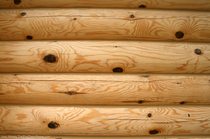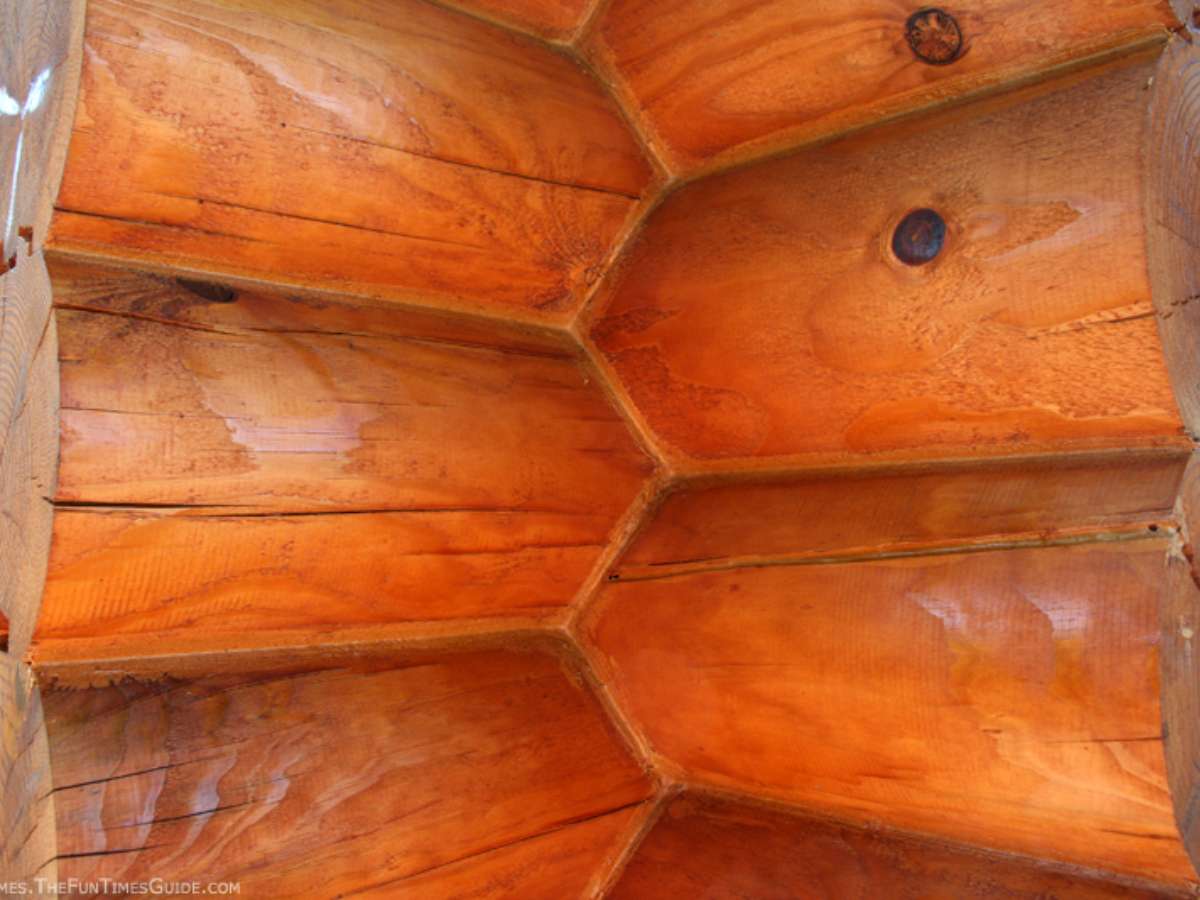 Your log home is built, the weather is right, and now it’s time for the exterior of your log home to be stained.
Your log home is built, the weather is right, and now it’s time for the exterior of your log home to be stained.
Greg and I are currently at this phase in our log home building process. So let’s review the steps leading up to log home staining and what you need to know.
Step 1: Determine The Cost of Staining
When Greg and I were planning for our log home, stain is one cost we forgot to ask about. We should have asked the log home company, the log home dealers, and our builder what staining the log home would cost.
When we received our first quotes for staining — it blew us out of the water. Had we known, we would have had the cost of log home stain rolled into the mortgage of our log home and not worried about paying this big out-of-pocket expense.
We have approximately a 1,400-square-foot log home. The cost to stain the exterior of this log home (which included the cleaning, the wood preservative, and the staining) ranged from $5,000 to $7,000 for this size home.
So, before you build, be sure to have the staining quoted by a professional who specializes in log homes.
Step 2: Decide Who Is Going To Do The Staining
After obtaining the cost to stain our log home, Greg and I had some decisions to make. As we had just finished building our log home, we had other immediate out-of-pocket capital expenses such as landscaping, furnishing the log home, etc.
I called our stain provider (Sashco) and asked for their advice. They said they could send us the instructions to do it ourselves and on the day we’re ready to start staining, just call them and they will talk us through it. Obviously, we wanted to do this right. Sashco guarantees the wood preservative and stain, as long as we follow the proper steps.
This was something to think about — could we do the staining ourselves? It’s June, and we are under the gun with the weather as I write this. The more time your log home spends in the summer sun without the staining, the less protection it has, and the greater the potential that the logs will start graying. In our case, we plan to complete the exterior staining of our log home in the next 3 weeks.
We used Sashco because it was included in our package and after doing research (they are a finalist for the green log home awards), we found them to be considered a quality product. What sealed the deal is when we contacted them — always fast friendly service, patience with our neverending questions, and their willingness to send us every stain sample in the world, general information, etc.
Step 3: Get All The Information You Can About Staining Log Homes
In addition to calling Sashco (the stain provider), and our builder (Rich Construction, who normally doesn’t stain log homes), and Ore Creek Log Homes (a Hiawatha Log Homes dealer, which does log home staining but would require “out of town” costs) — I also visited the Log Home Living forum online and posted my question . This forum has log home owners as members that share experiences and offer advice.
The feedback I did receive was that a few were able to stain their log homes successfully themselves. Here is a sampling of their tips:
-
Rent scaffolding and a power sprayer.
-
When you’re ready to stain, start from the top so the drips won’t matter.
-
Put on 3 coats of stain so you won’t have to stain again next year.
Step 4: Make A Plan
Greg and I are in discussions with our builder right now to work with him and share the labor in staining. That way, we have access to his equipment and his help at a reduced cost.
I would encourage you to make your staining plan early. Decide who is going to do the staining, call your stain provider to go through all the steps, and then set the date for staining your log home.
They say that the best time to stain a log home is when the logs have a moisture content less than 19%.



